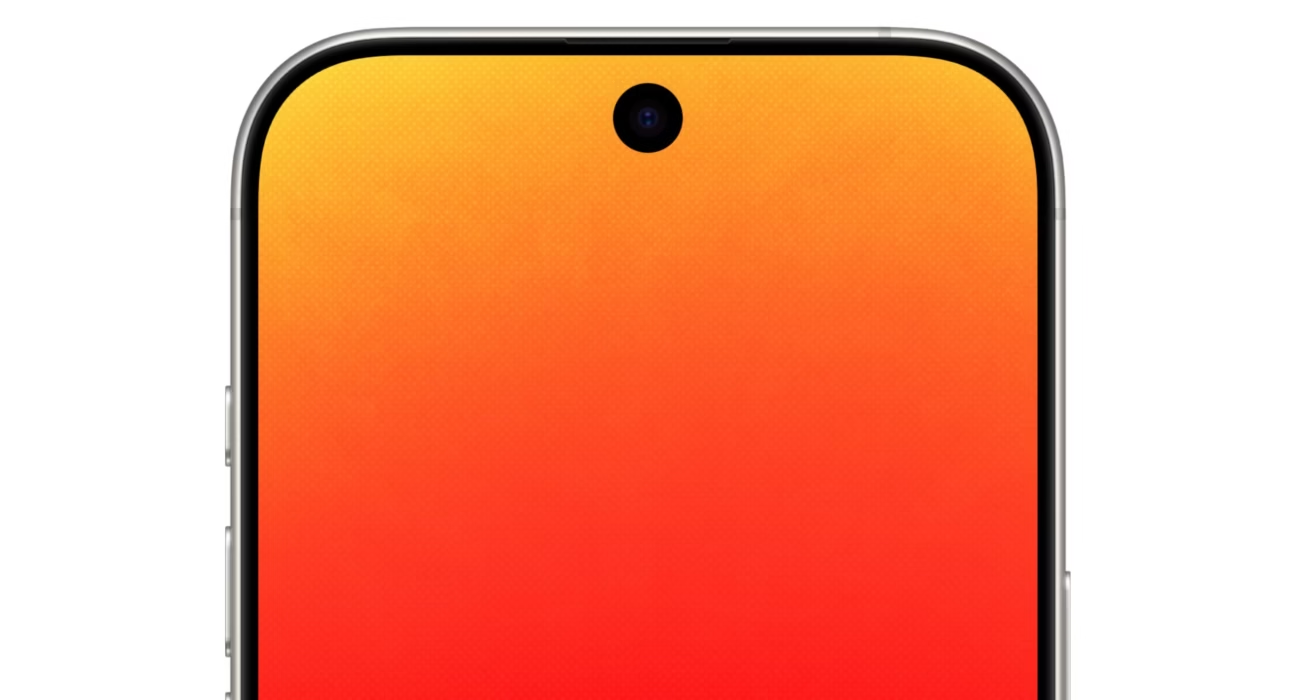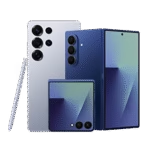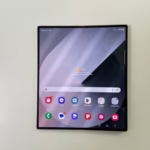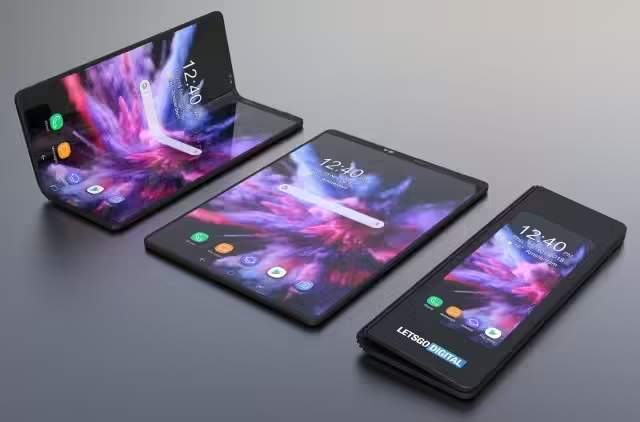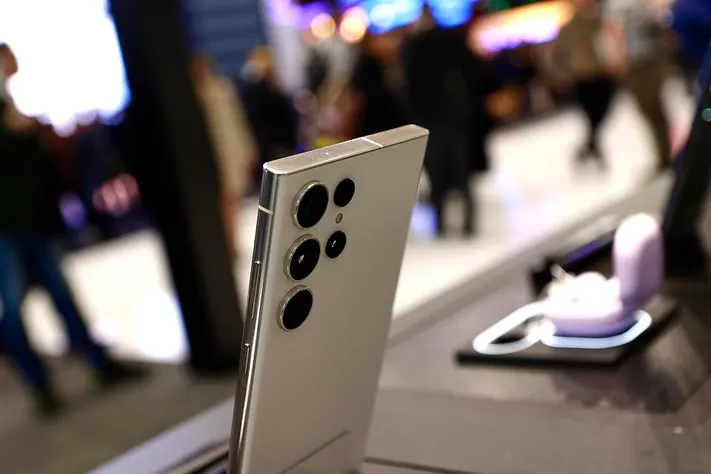The Pursuit of the Uninterrupted iPhone Display
Estimated reading time: 8 minutes
Key Takeaways
- Apple is pushing towards a truly edge-to-edge iPhone display, a long-standing user desire.
- The focus is on integrating Face ID sensors beneath the display for a seamless experience.
- Under-display technology faces significant technical hurdles, particularly for infrared sensors.
- The industry is exploring under-screen cameras, but advanced sensing for Face ID is more complex.
- The “iPhone 18 under display Face ID release date” is anticipated for 2026, likely on Pro models, with potential for a punch-hole initially.
- A fully “all-display” iPhone without any visible front sensors might arrive later, around 2027 or beyond.
Table of contents
- The Pursuit of the Uninterrupted iPhone Display
- Key Takeaways
- Understanding Under-Display Technology: What is it and Why is it Important?
- The Industry’s March Towards Under-Screen Cameras
- Unpacking the Hurdles: “Under Display Face ID Explained”
- “iPhone 18 Pro Camera Rumors”: What the Speculation Suggests
- The Anticipated “iPhone 18 Under Display Face ID Release Date”
- Beyond the iPhone 18: Apple’s Long-Term Vision for Seamless Displays
- The Path Forward: A Glimpse into the Future of iPhone Design
- Frequently Asked Questions
The quest for the perfect smartphone display is an ongoing narrative in the tech world. For years, users have yearned for a truly immersive, uninterrupted screen experience, free from notches and cutouts. This ambition has fueled the evolution of iPhone design, consistently pushing towards a more seamless visual interface. The next frontier in this pursuit is undoubtedly the integration of advanced technology directly beneath the display. In this exploration, we delve into the exciting possibility of Apple implementing under display Face ID, with a specific focus on the highly anticipated “iPhone 18 under display Face ID release date.” We aim to unravel what this groundbreaking technology entails, the challenges it presents, and when we might finally see it grace the front of our iPhones, ushering in an era of truly seamless smartphone interactions.
Understanding Under-Display Technology: What is it and Why is it Important?
At its core, “under display Face ID” refers to the sophisticated concept of embedding the critical components of Apple’s facial recognition system directly beneath the smartphone’s display glass. This means that sensors like the dot projector and the infrared camera, which are essential for capturing a precise 3D map of your face, would be invisibly housed under the screen. This is a significant leap from current implementations that often require a visible notch or a punch-hole cutout.

The term “Apple under display Face ID technology” highlights a particular challenge: unlike a standard under-screen camera that primarily needs to capture visible light, Apple’s Face ID relies on infrared (IR) light. For this to work effectively, the IR light emitted by the projector must be able to pass through the display layers and reflect off the user’s face, and the returning IR light must then be captured by the IR camera, also through the display. This presents a unique set of technical challenges, as the pixels of the display itself can interfere with or absorb this crucial infrared light.
The engineering hurdles are substantial. Placing sensitive infrared sensors beneath a dynamic display layer involves overcoming potential interference from the overlying pixels and the display’s internal structure. These layers can scatter, absorb, or distort the infrared signals, potentially compromising the accuracy and reliability of the Face ID system. Imagine trying to see through a brightly lit window; the display’s own illumination and the physical presence of pixels can create significant noise for an infrared sensor.
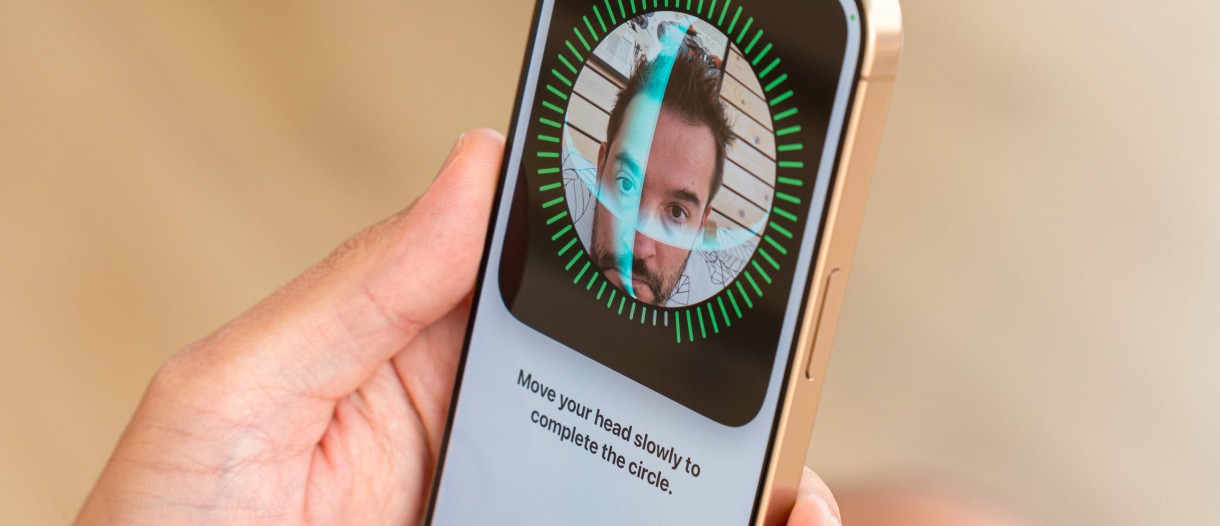
However, the benefits of successfully implementing under-display technology are immense. The primary advantage is the achievement of a truly uninterrupted screen. This eliminates the need for notches or punch-hole cutouts, offering a cleaner, more aesthetically pleasing, and ultimately more immersive visual experience. Users could enjoy content without any visual obstructions, maximizing the usable screen real estate. It aligns perfectly with the modern trend towards minimalist design and enhanced user interaction. Apple is reportedly exploring innovative solutions to overcome these obstacles, such as selectively deactivating or altering the subpixels in specific areas of the display to allow infrared light to pass through more freely. This would ideally be done in a way that doesn’t compromise the visual quality or uniformity of the display when viewed normally. Evidence of this ongoing research can be seen in various Apple patents, which often hint at future technological advancements.
The Industry’s March Towards Under-Screen Cameras
The broader smartphone industry has not been idle in exploring the potential of under-display technology. Manufacturers like ZTE and Samsung have already experimented with placing front-facing cameras beneath the screen in some of their Android devices. These early implementations represent a significant step in the right direction, showcasing the feasibility of hiding camera hardware from view.
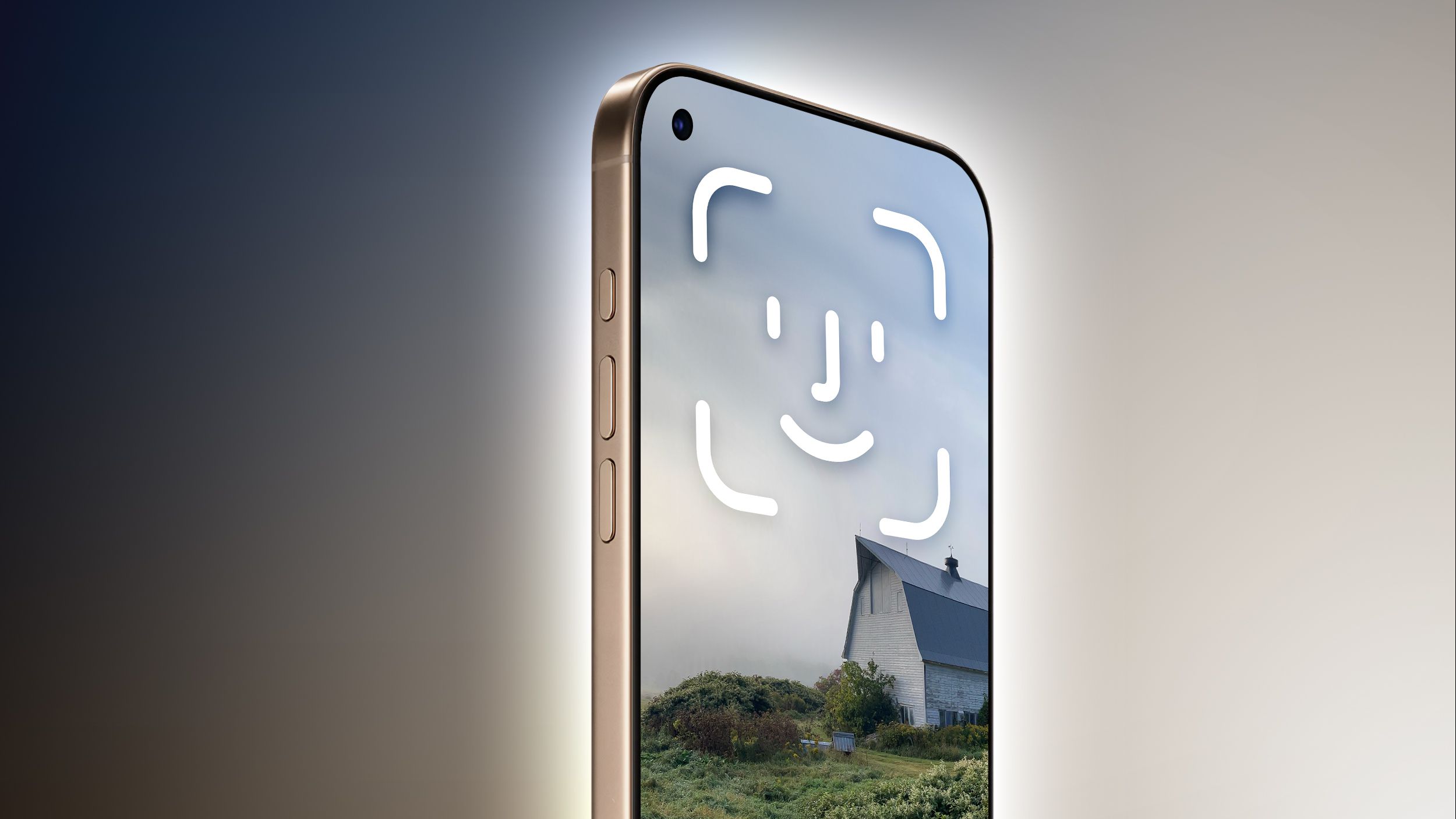
However, a critical assessment of these current market offerings reveals that the technology is still in its nascent stages. Devices featuring under-display cameras often grapple with compromises. Users have reported that image quality from these cameras can be noticeably reduced compared to conventional setups, with issues like reduced clarity, color accuracy, and increased noise. Furthermore, the reliability of biometric performance, especially in challenging lighting conditions, can sometimes be less robust than what users have come to expect from face unlock systems that are not obscured by display layers.
It is crucial to emphasize that while Android manufacturers have pioneered the integration of under-screen cameras, the consensus within the industry is that achieving fully effective, invisible under-screen camera technology for advanced sensing capabilities, such as the intricate requirements of Face ID, remains a significant hurdle. The nuances of infrared transmission and reception through a display are considerably more demanding than simply capturing visible light for everyday photography.
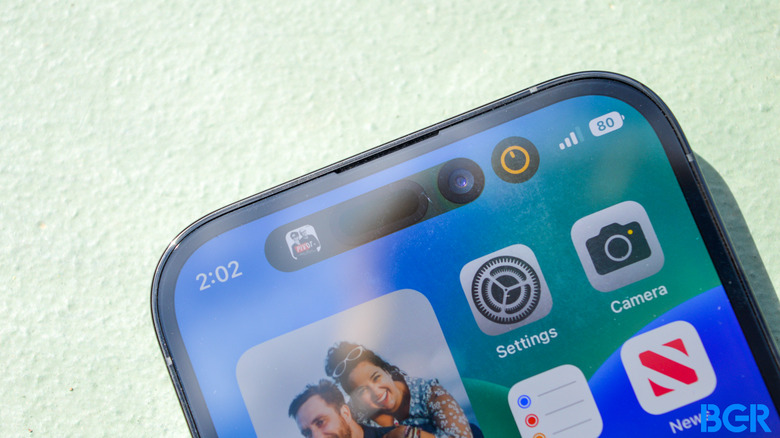
Apple, known for its meticulous approach to product development and engineering, appears to be focusing its efforts on overcoming these specific limitations. Rather than rushing to market with a compromised solution, Apple’s engineering ethos suggests a commitment to delivering a truly seamless and high-performing implementation. This means ensuring that both the visual experience and the functionality of features like Face ID are not only preserved but potentially even enhanced.
Unpacking the Hurdles: “Under Display Face ID Explained”
To truly understand the significance of under-display Face ID, it’s essential to delve deeper into the specific technical challenges Apple likely faces. This technology is inherently more complex than simply placing a standard front-facing camera under the screen. The primary reason for this increased complexity lies in the fundamental operation of Face ID itself.
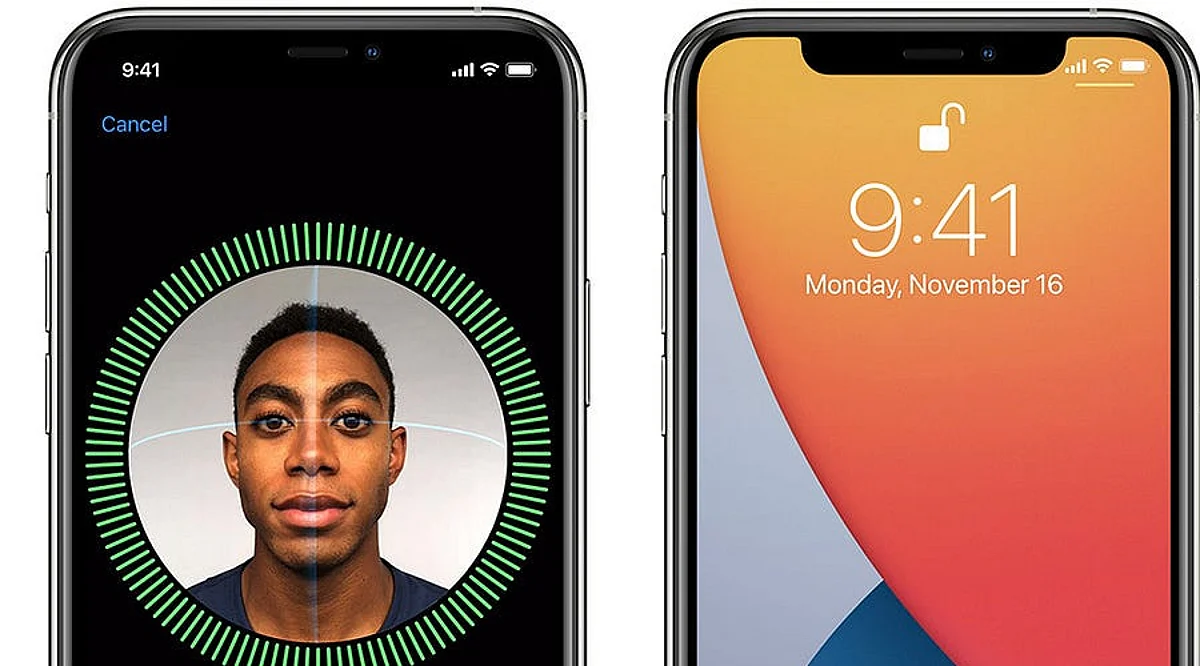
Face ID utilizes a sophisticated array of sensors, including a dot projector that casts over 30,000 invisible infrared dots onto the user’s face, and an infrared camera that captures the pattern of these dots. This creates a detailed depth map, allowing the iPhone to authenticate the user’s identity with remarkable accuracy and security. For this system to function when its components are placed beneath the display, the infrared light emitted by the projector must be able to pass through the display’s pixels without significant attenuation or distortion. Equally important, the infrared camera must be able to receive the reflected infrared light, again, unimpeded by the display layers.
Consider the physical properties of display pixels. They are designed to emit visible light. While they may be transparent to some extent, they can also absorb or scatter infrared light. This means that the intensity of the infrared signal reaching the camera might be significantly reduced, or the signal could be distorted, leading to potential errors in facial recognition. The challenge, as “under display Face ID explained” implies, is to engineer a display that can both show vibrant images and allow specific wavelengths of infrared light to pass through unimpeded. This requires innovations in pixel design, material science, and sensor technology. Apple’s patents suggest exploring methods like creating specific “windows” within the display where pixels are either removed or made more transparent to infrared light, potentially sacrificing a small portion of the display’s seamlessness in favor of functionality.
“iPhone 18 Pro Camera Rumors”: What the Speculation Suggests
As we look towards future iPhone releases, industry speculation and rumors surrounding “iPhone 18 Pro camera rumors” offer valuable insights into Apple’s potential roadmap for display technology. While concrete details are scarce, consistent chatter from reputable sources points towards significant advancements in front-facing sensor integration.

Many of these rumors hint at a gradual evolution rather than an abrupt revolution. We’ve heard speculation about a smaller, redesigned Dynamic Island or changes to the overall layout of the front-facing sensor array. These incremental shifts are often seen as stepping stones towards a more ambitious goal: completely concealing these components. If Apple were to successfully miniaturize or reconfigure the Face ID components, it would pave the way for their integration beneath the display.
Key figures in the display analysis community, such as analyst Ross Young, have consistently provided early indicators about Apple’s display roadmap. These insights often suggest that Apple is working on under-display camera technology, with a phased rollout. The initial stages might involve placing the TrueDepth camera system, including the flood illuminator and dot projector, under the display, while perhaps still retaining a small cutout for the actual infrared camera if image quality for the camera itself remains a challenge. More comprehensive reports also suggest that the main front-facing camera might be the last component to be fully integrated under the display.

The excitement around these rumors is palpable, as they directly address the user desire for a truly unblemished screen. The possibility of an iPhone where the entire front is dedicated to the display, without any interruptions, is a tantalizing prospect that drives much of the speculation surrounding upcoming models.
The Anticipated “iPhone 18 Under Display Face ID Release Date”
Synthesizing the gathered information, industry predictions, and the technical challenges involved, we can arrive at the most likely timeline for Apple to introduce under-display Face ID. The prevailing consensus among analysts and leakers points towards a significant debut with the “iPhone 18 under display Face ID release date.” Credible rumors widely expect this groundbreaking feature to appear on the iPhone 18 Pro lineup, which would typically launch in the fall of 2026.

It is important to note that even with the 2026 debut, it’s possible that these initial iPhone 18 Pro models might still incorporate a small punch-hole cutout for the front-facing camera. As previously discussed, placing a standard camera under the display while maintaining the image quality expected for everyday photos and video calls is a more complex challenge than integrating the Face ID sensors alone. Therefore, Apple might opt for a hybrid approach in the first iteration, hiding the Face ID components but keeping the main camera visible through a minimal aperture.
Furthermore, the keyword “under display Face ID explained 2027” comes into play when we consider the next major leap. Analyst predictions suggest that Apple may require an additional year to perfect the under-display camera technology for the main front-facing camera. This could mean that a truly pristine, all-screen iPhone experience, where both Face ID sensors *and* the main camera are entirely hidden beneath the display, might be targeted for the iPhone 19 lineup, around 2027. This staggered approach allows Apple to refine each aspect of the technology individually, ensuring a polished user experience upon release.

Consequently, even with the anticipated 2026 debut of under-display Face ID on the iPhone 18 Pro, some visible sensor elements might persist. A full “all-display” design, where the front of the iPhone is completely uninterrupted by any visible camera or sensor cutouts, could potentially arrive later, perhaps around 2028 or beyond, as Apple continues to push the boundaries of display technology and component miniaturization.
Beyond the iPhone 18: Apple’s Long-Term Vision for Seamless Displays
The integration of under-display Face ID on future iPhones, starting with the anticipated iPhone 18 Pro, is not merely an isolated technological advancement. It reflects a broader, long-term vision that Apple holds for its entire product ecosystem and its commitment to minimalist design principles. As this technology matures and becomes more refined, it’s highly probable that we will see its adoption across other Apple devices.
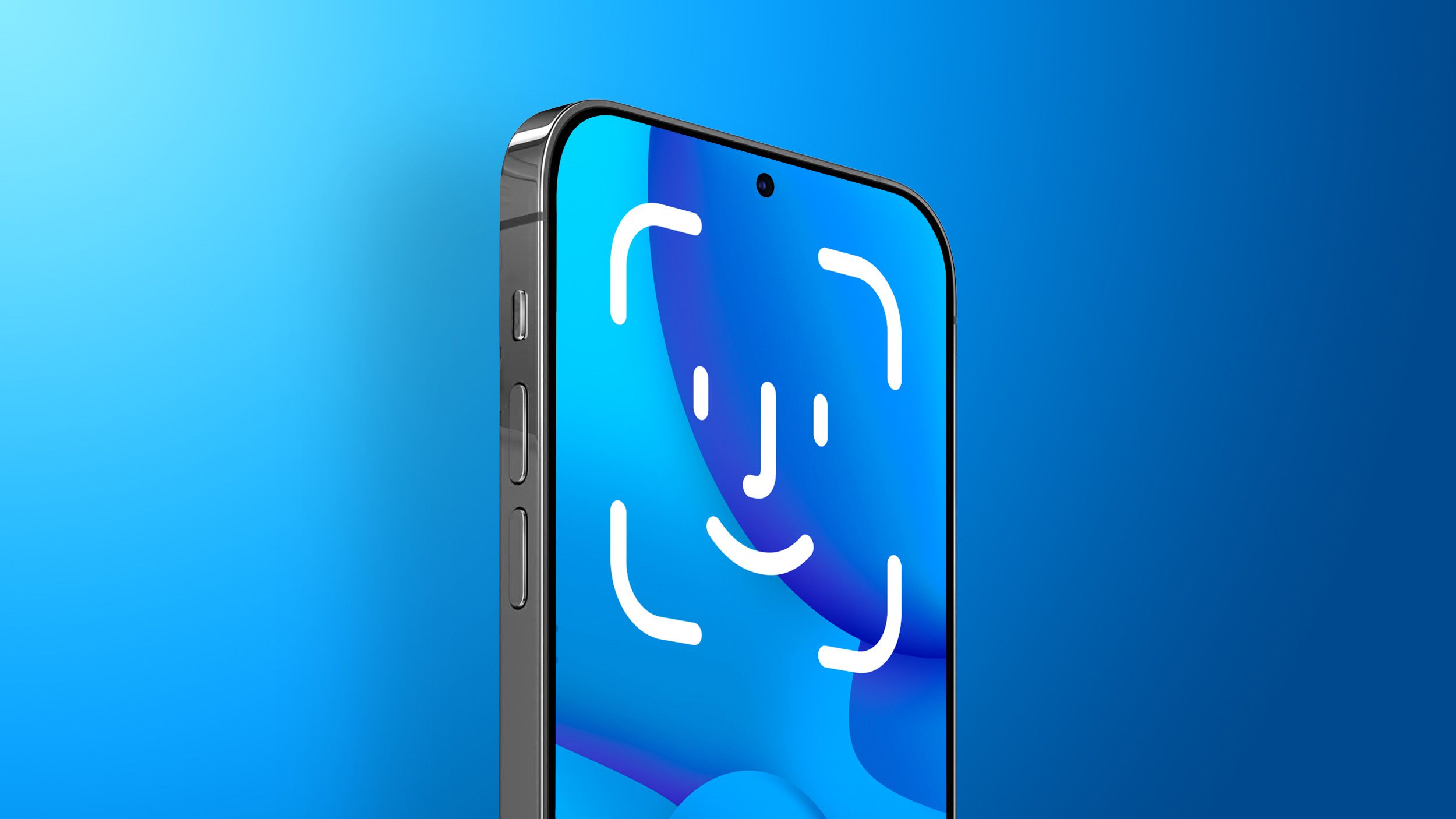
Imagine iPads, or even future Apple Watch models, featuring completely uninterrupted displays. This would significantly enhance the immersive quality of these devices, allowing users to interact with content in a more engaging way. For iPads, a seamless display would mean more screen real estate for productivity and creativity. For wearables, it could lead to sleeker designs and more intuitive user interfaces.
This pursuit of seamless displays aligns perfectly with Apple’s core design philosophy, which has always emphasized clean lines, user-friendliness, and a reduction of visual clutter. By moving critical components like cameras and sensors beneath the screen, Apple can further simplify the physical design of its devices, making them more elegant and, arguably, more futuristic. This technological evolution is a testament to Apple’s ongoing dedication to pushing the boundaries of what’s possible in mobile technology and delivering exceptional user experiences across all its product lines.
The Path Forward: A Glimpse into the Future of iPhone Design
In summary, the journey towards under-display Face ID on iPhones is a complex but exciting one. We’ve explored the significant technical challenges involved in integrating infrared sensors beneath the display, the current state of under-screen camera technology in the wider industry, and what rumors suggest about Apple’s progress.

The key takeaway is that Apple is meticulously working towards a truly seamless iPhone experience. The anticipated “iPhone 18 under display Face ID release date” in 2026 for the Pro models marks a crucial milestone, potentially featuring under-display Face ID components while possibly retaining a small cutout for the front camera. A complete “all-display” design, hiding all front-facing sensors and cameras, is likely a few years further out, potentially by 2027 or 2028, as Apple perfects the technology.
These advancements are not just about aesthetics; they represent a fundamental shift in how we interact with our devices. The anticipation surrounding a truly uninterrupted, all-screen iPhone experience is immense, and this move by Apple is setting the stage for the future of smartphone design. It highlights Apple’s unwavering commitment to innovation and its drive to push the boundaries of what’s possible in mobile technology. As consumers, we can eagerly anticipate the next era of iPhone design, where the display becomes the sole, captivating interface, offering an unparalleled level of immersion and interaction.
Frequently Asked Questions
Q1: When will Apple introduce under-display Face ID?
A: Industry rumors suggest that Apple is targeting the iPhone 18 Pro lineup, expected in 2026, for the debut of under-display Face ID technology. However, initial implementations might still feature a small punch-hole for the front-facing camera.
Q2: What are the main challenges for under-display Face ID?
A: The primary technical hurdles involve ensuring that infrared light used by Face ID can pass through the display’s pixels without significant interference, absorption, or distortion, and that the infrared camera can effectively capture the reflected light through the display layers.

Q3: Will the iPhone 18 have a truly all-screen display?
A: While the iPhone 18 Pro is expected to feature under-display Face ID, it’s possible that a small punch-hole cutout for the main front-facing camera might persist. A truly uninterrupted “all-screen” design, with all components hidden, is anticipated for later models, potentially around the iPhone 19 (2027) or beyond.
Q4: How does under-display Face ID differ from under-display cameras on Android phones?
A: Under-display Face ID is more complex because it relies on infrared sensors for 3D facial mapping, which are more susceptible to interference from display layers than standard front-facing cameras used for photography. Apple’s focus is on ensuring a higher level of accuracy and reliability for its biometric system.
Q5: Are there any specific patents that indicate Apple’s work on this technology?
A: Yes, Apple holds numerous patents related to under-display camera and sensor technology, which often detail potential methods for overcoming interference, such as selectively deactivating or modifying display pixels in specific areas to allow infrared light to pass through.
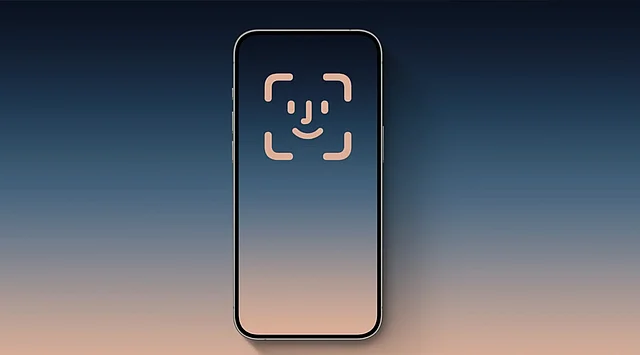
Q6: What are the benefits of having Face ID under the display?
A: The main benefit is achieving a truly edge-to-edge, uninterrupted display experience, eliminating notches or punch-hole cutouts. This enhances the aesthetic appeal and immersiveness of the iPhone’s screen for viewing content and interacting with the device.
Q7: Could under-display technology appear on other Apple devices?
A: It is highly probable that as the technology matures, Apple will integrate under-display components into other devices like iPads and potentially even future wearables, aligning with its commitment to minimalist design and enhanced user experiences across its product ecosystem.
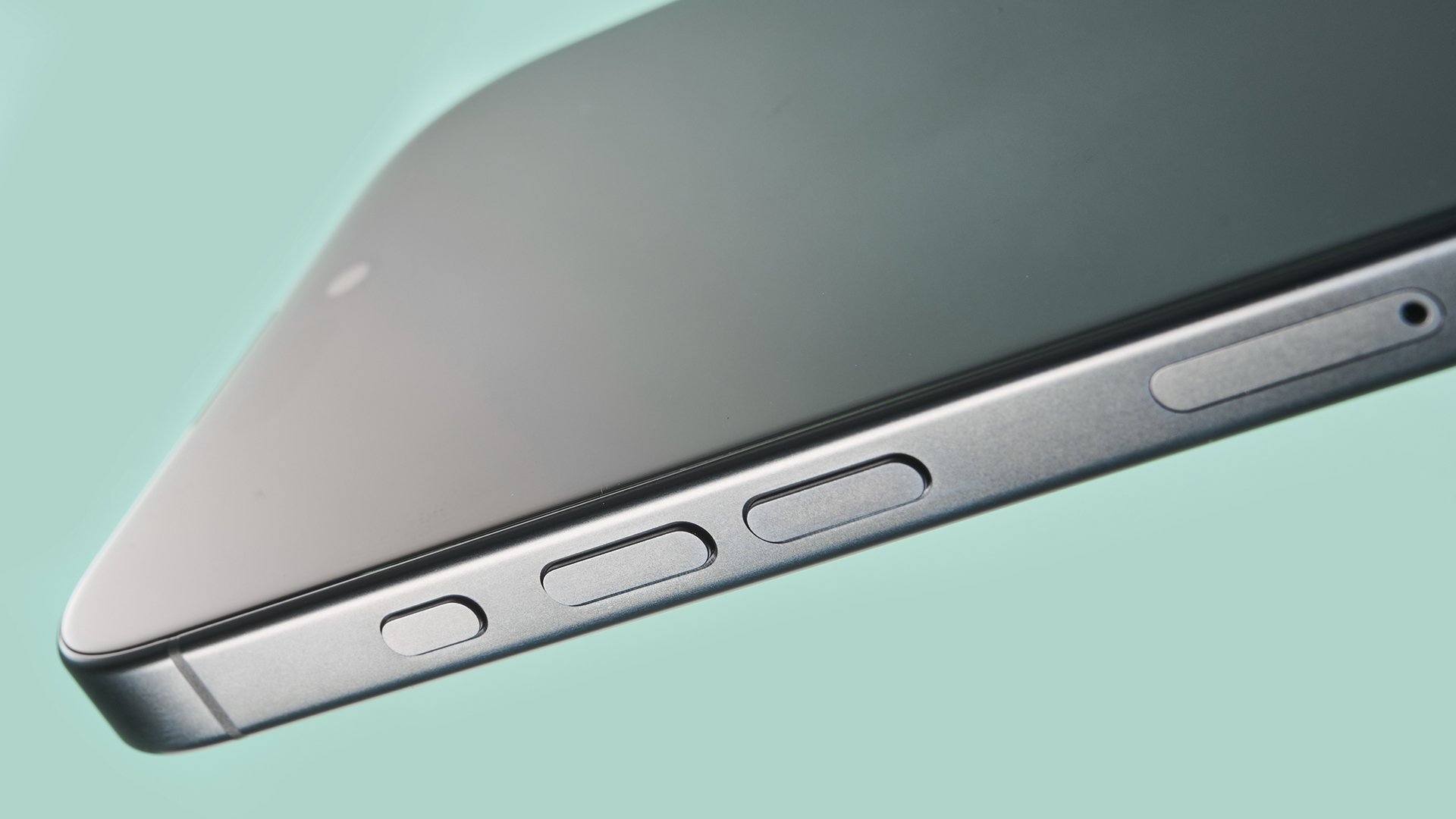
“`


